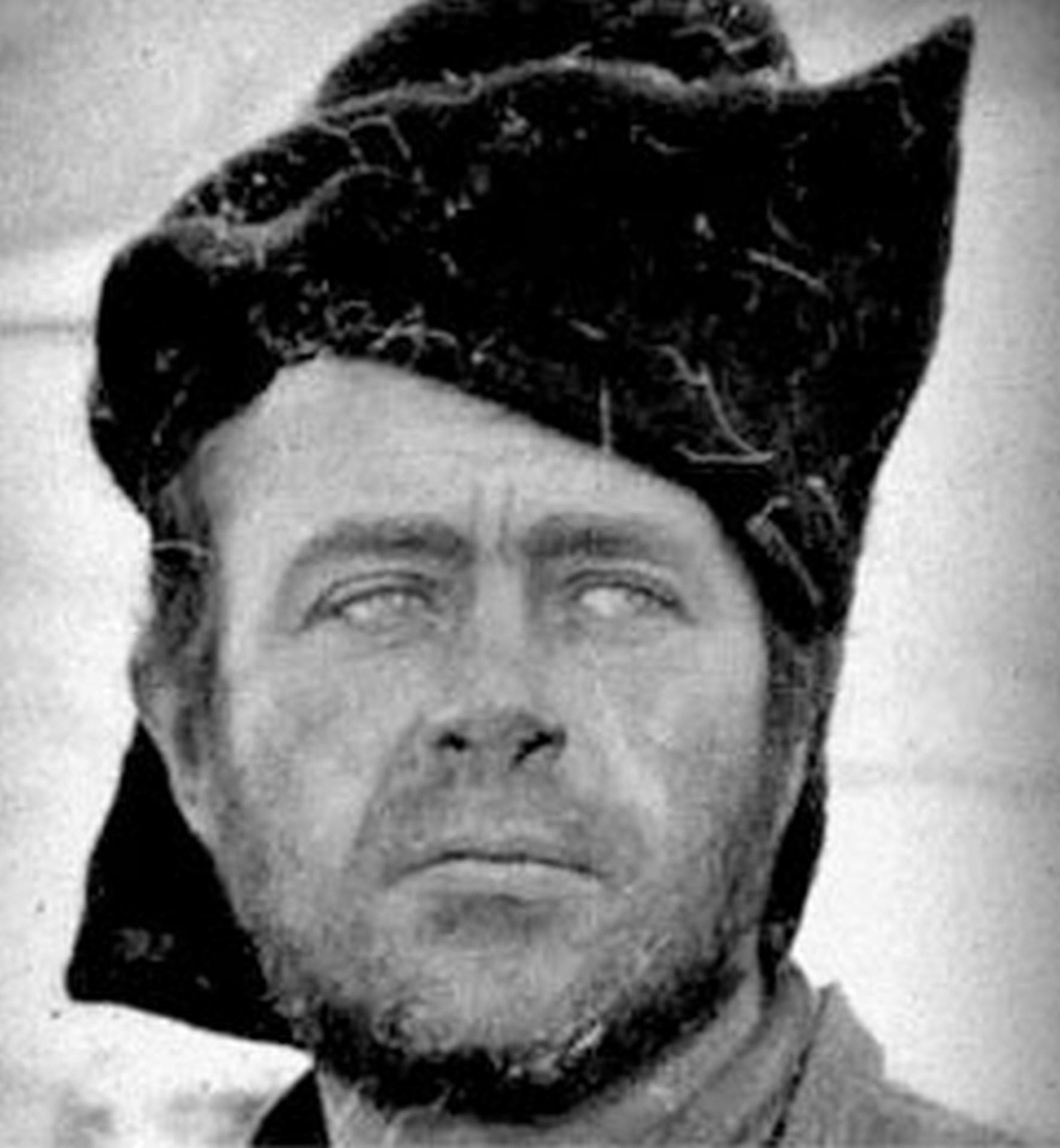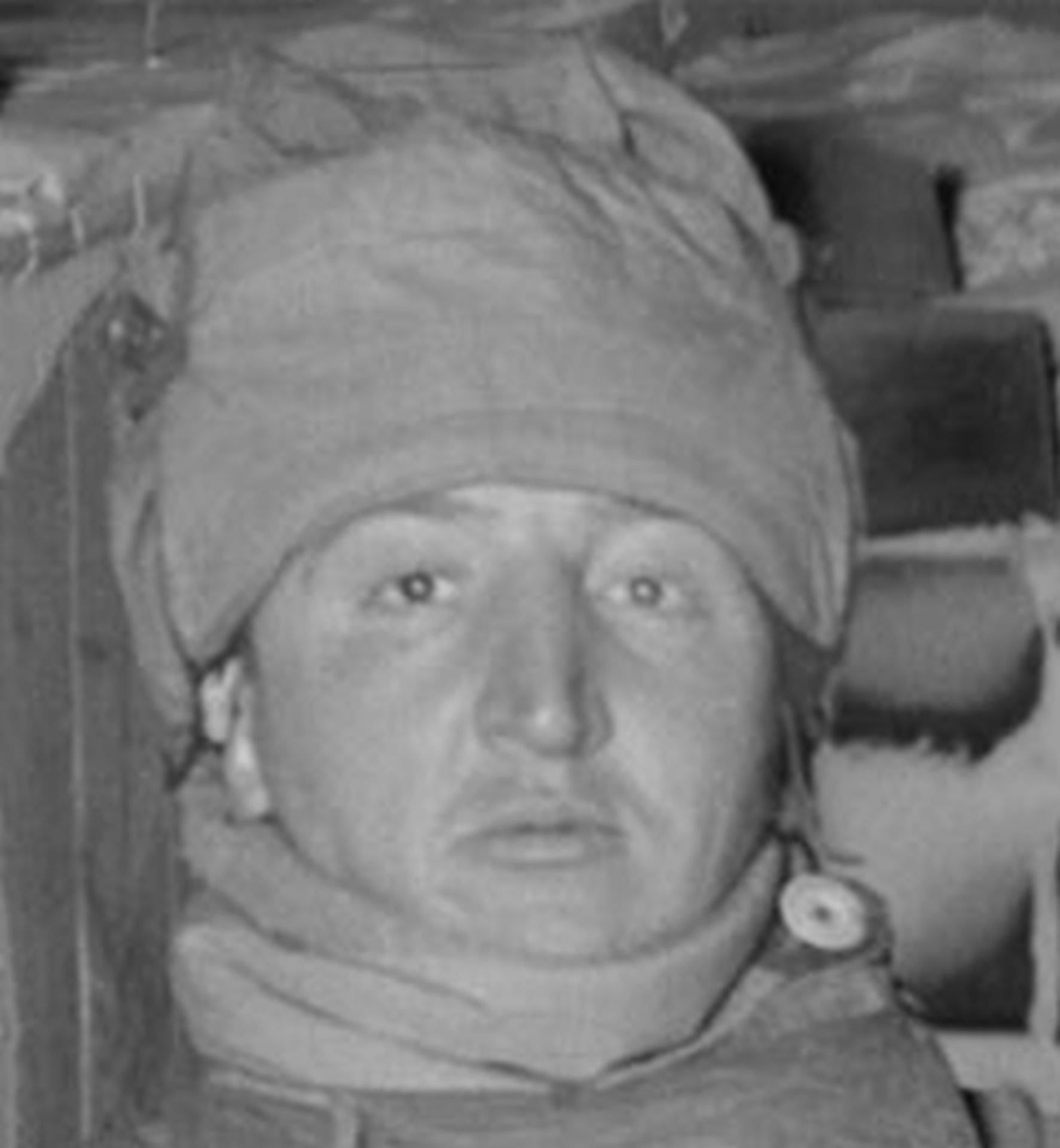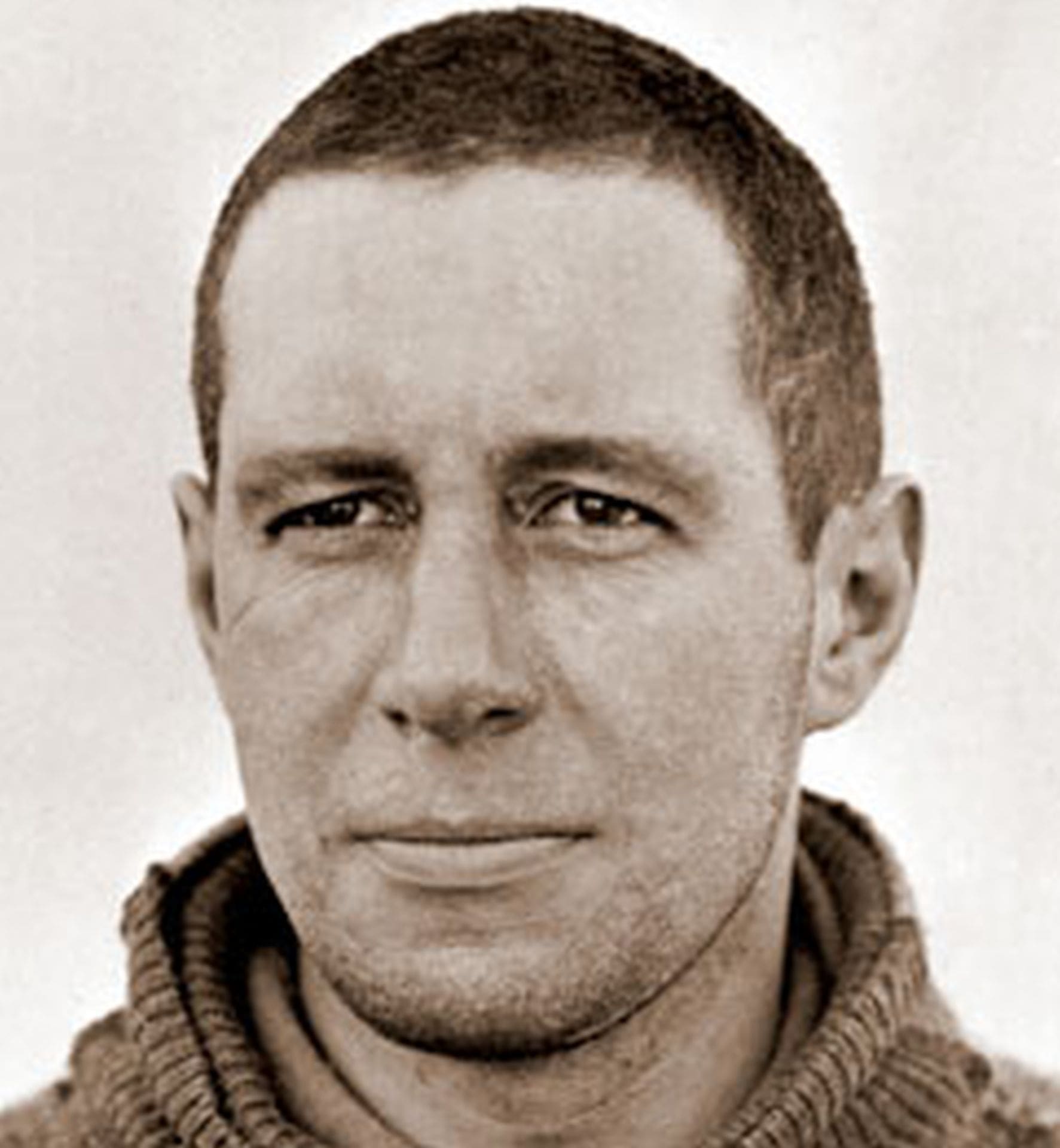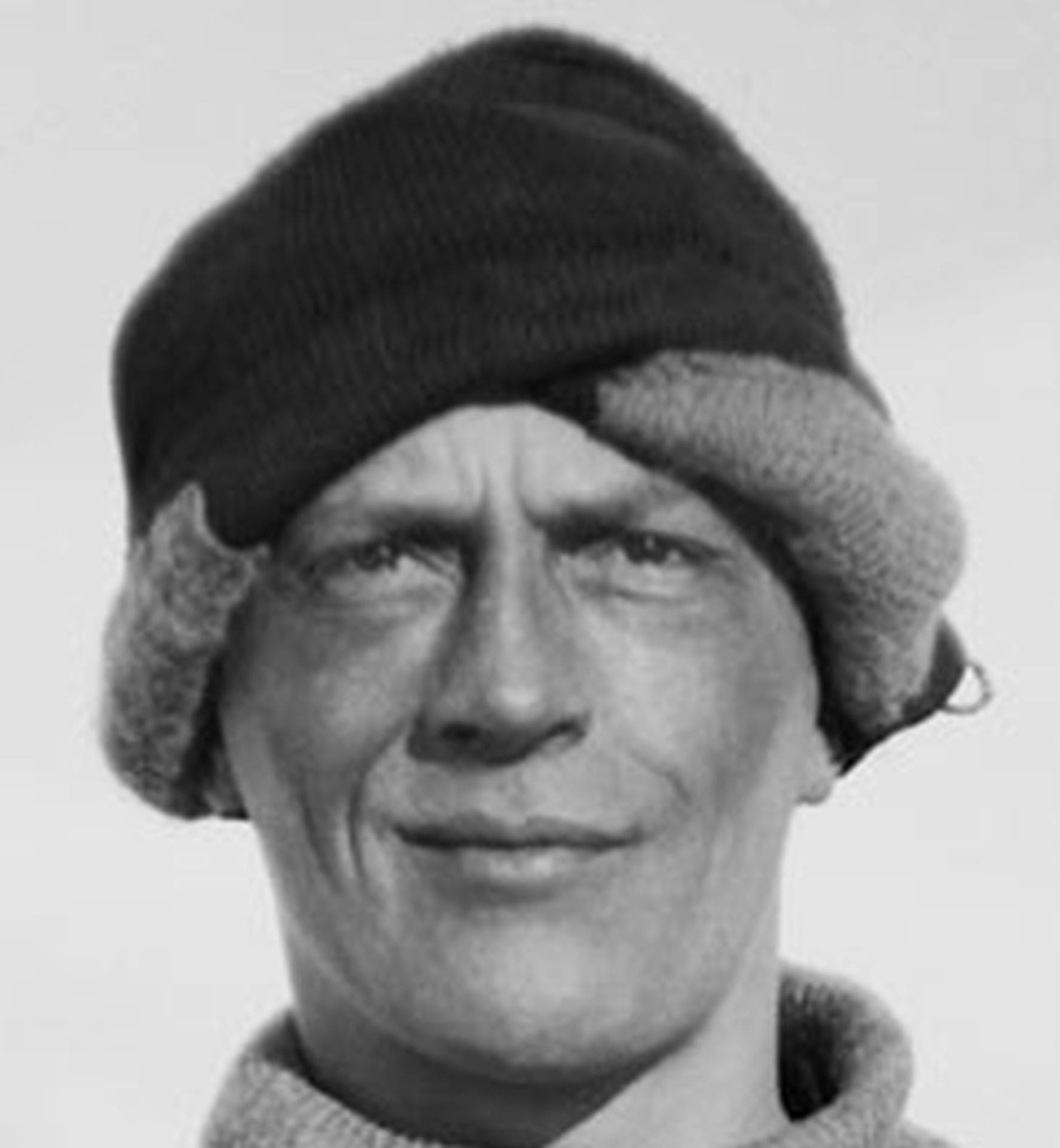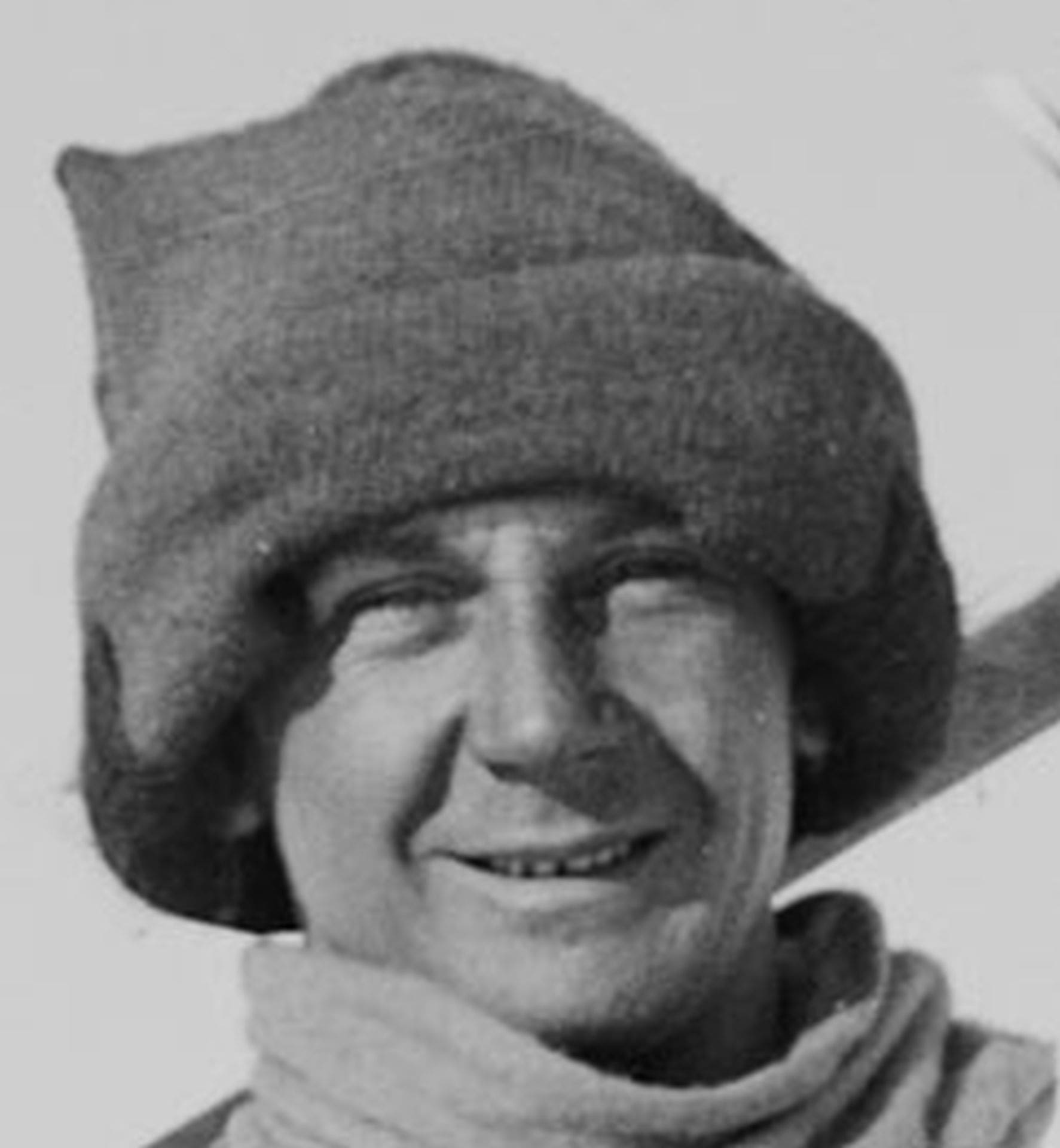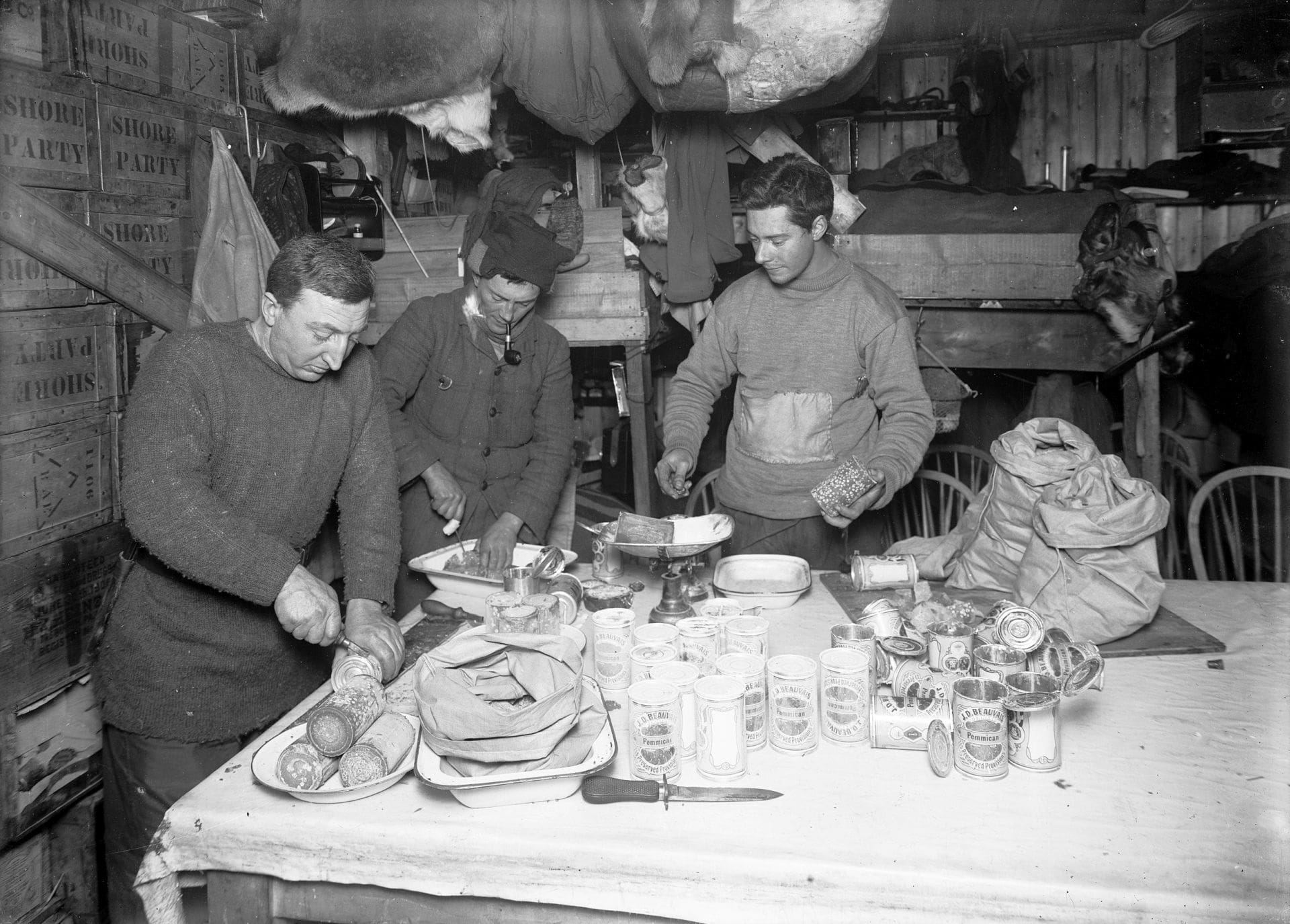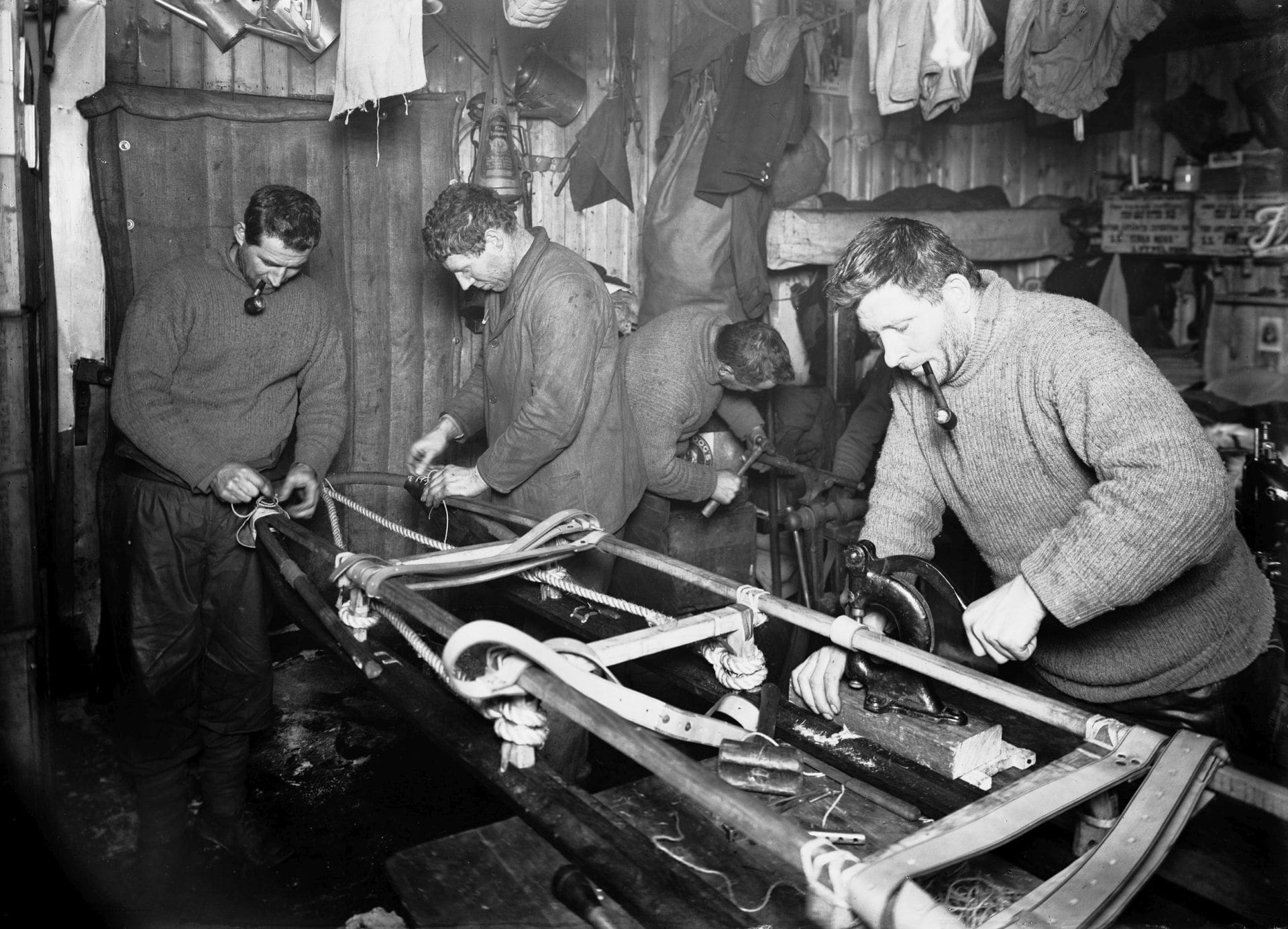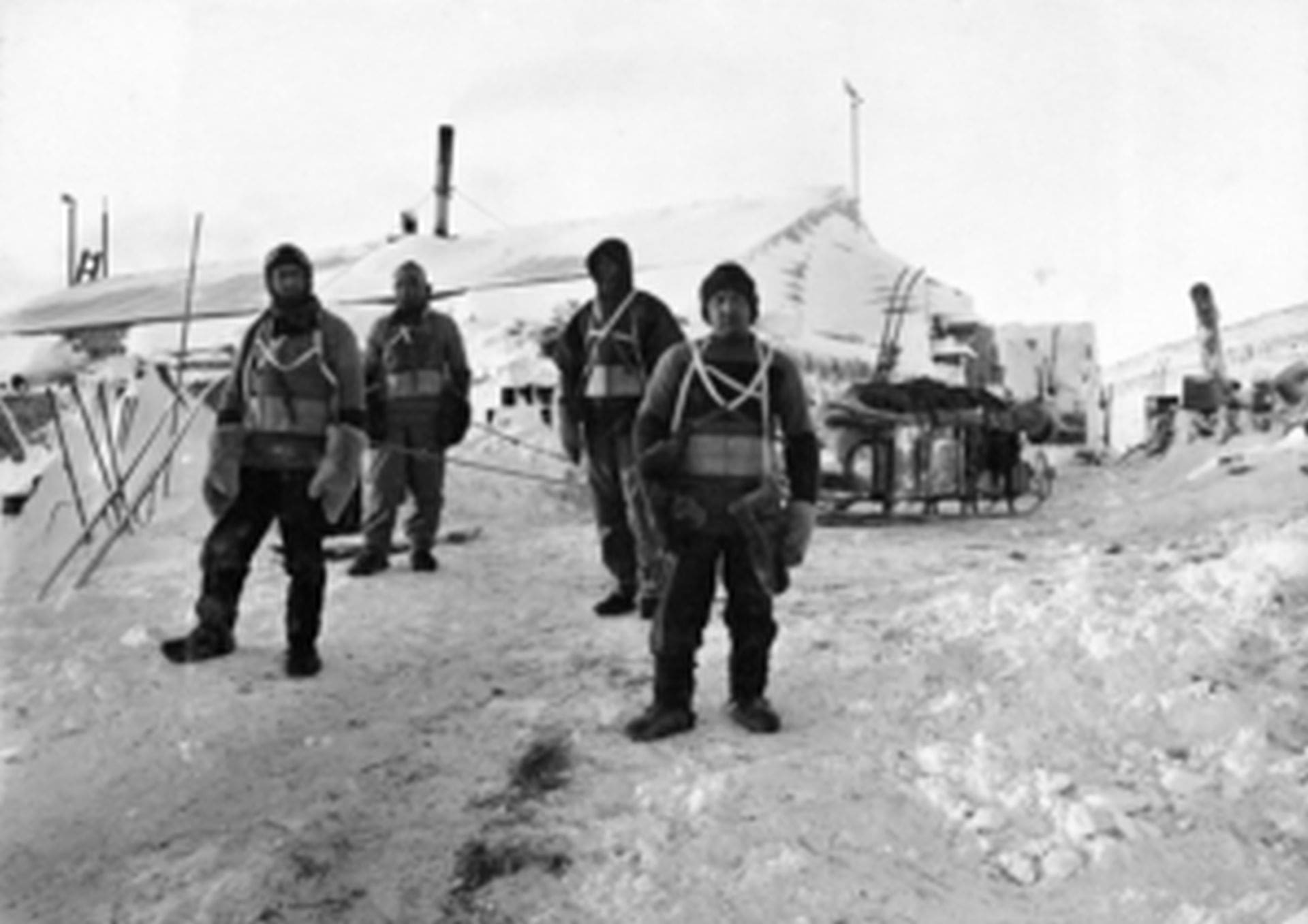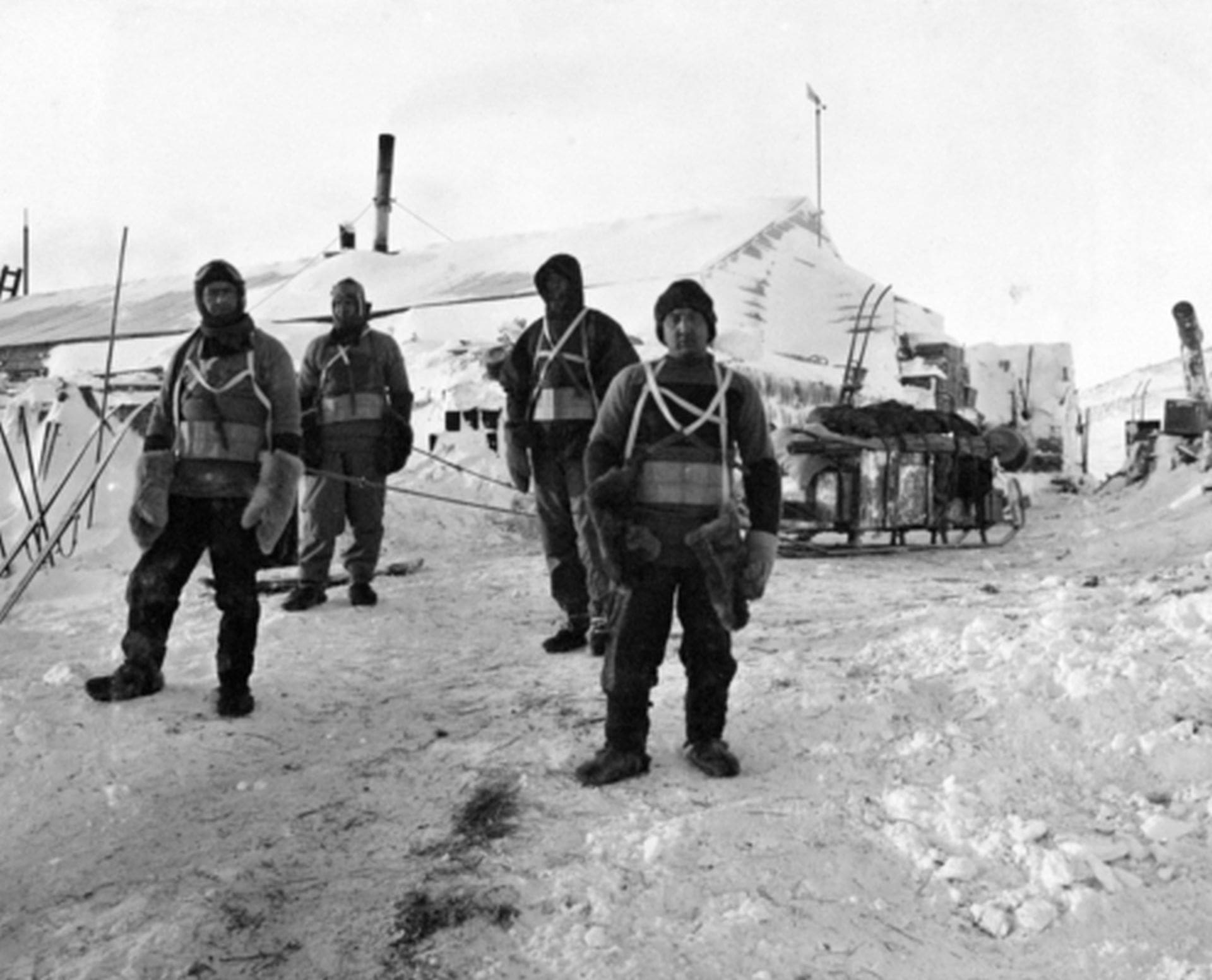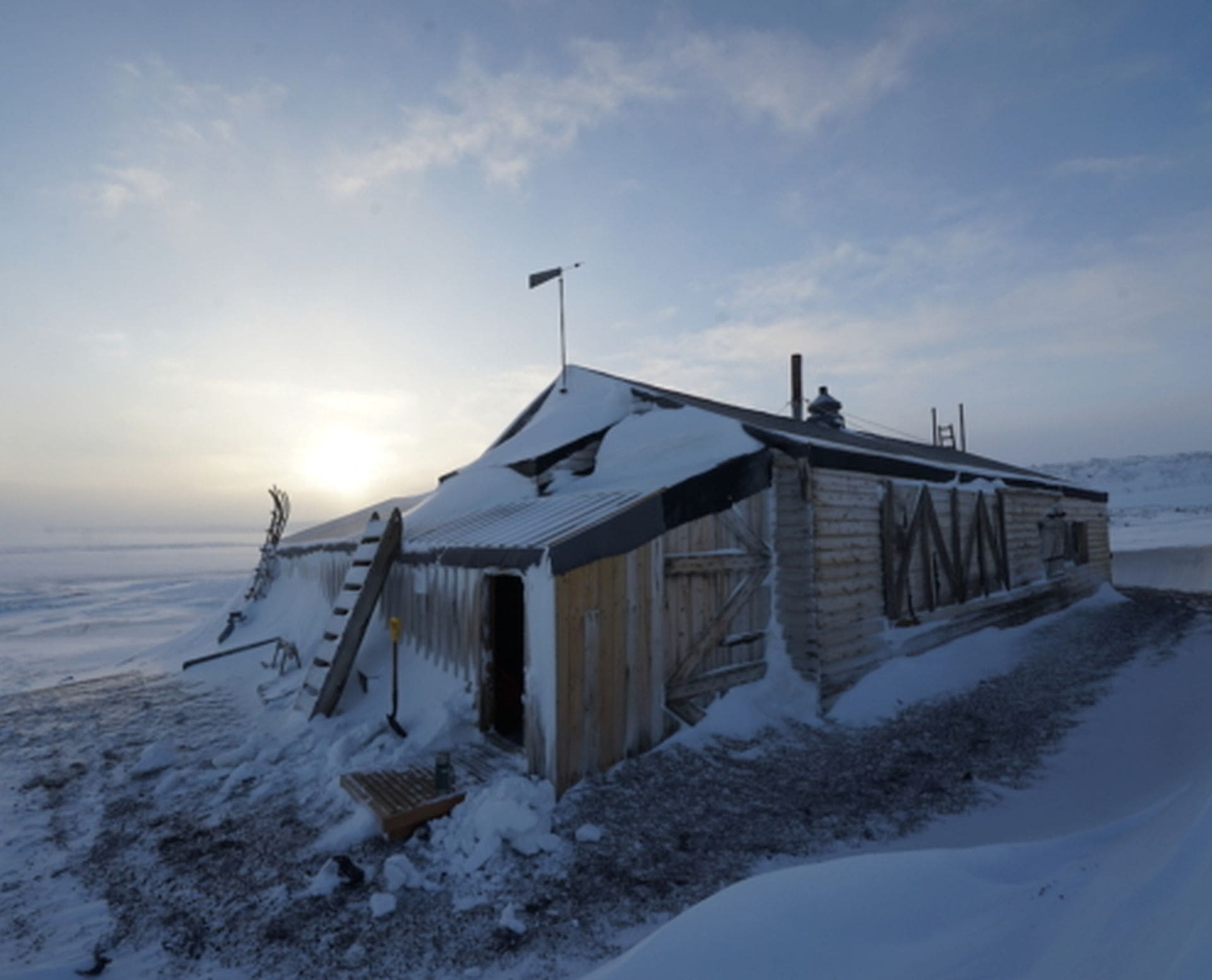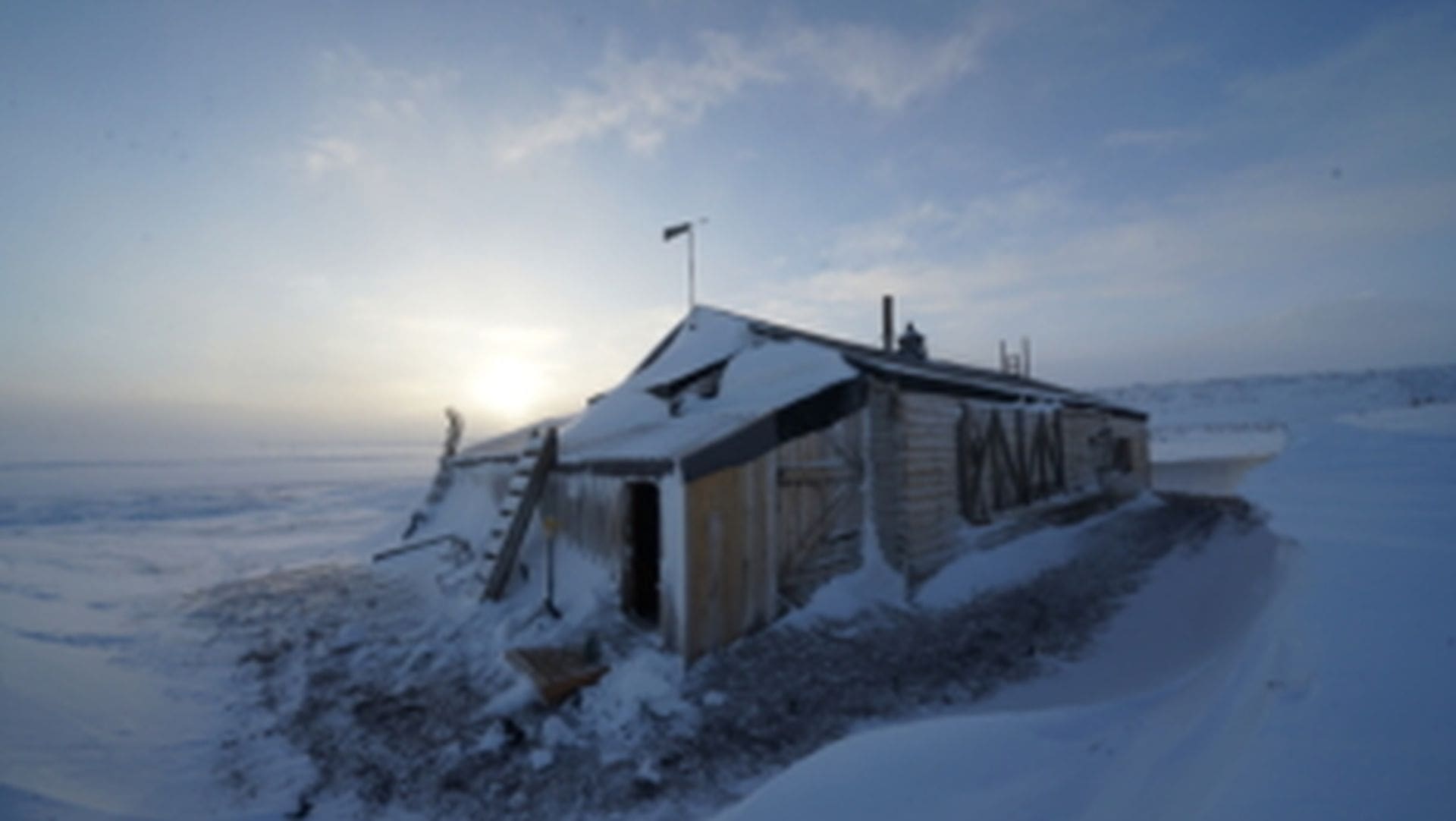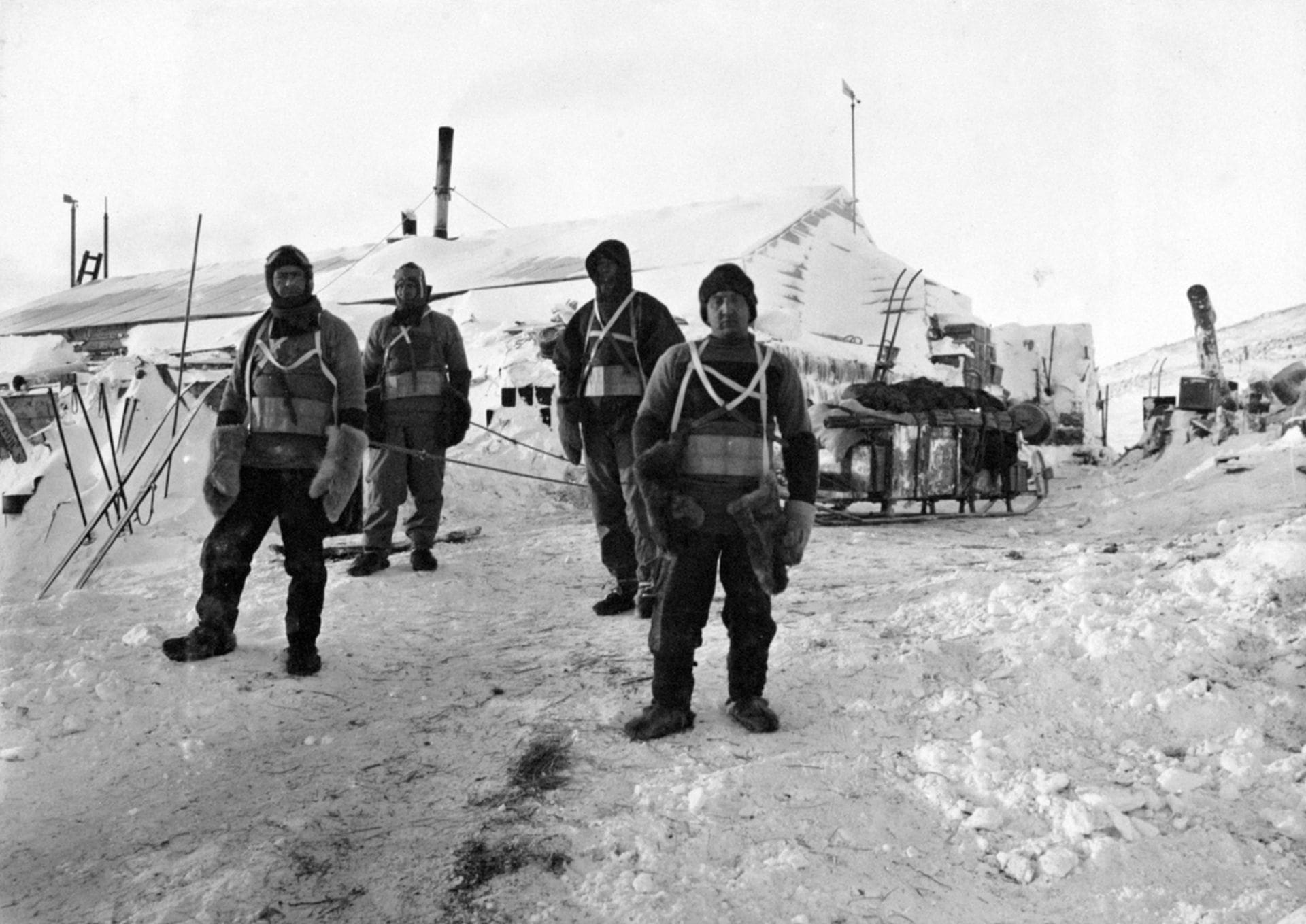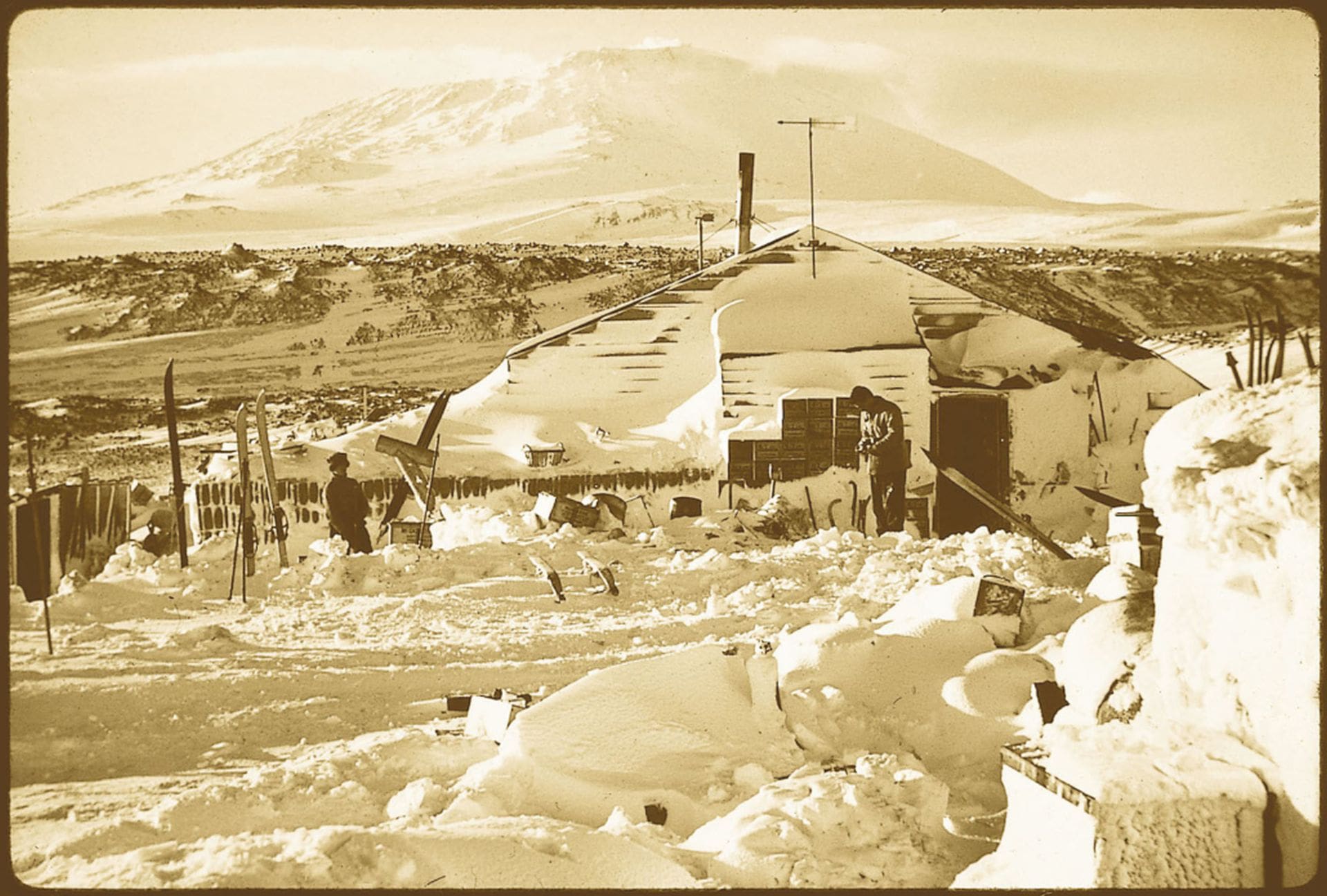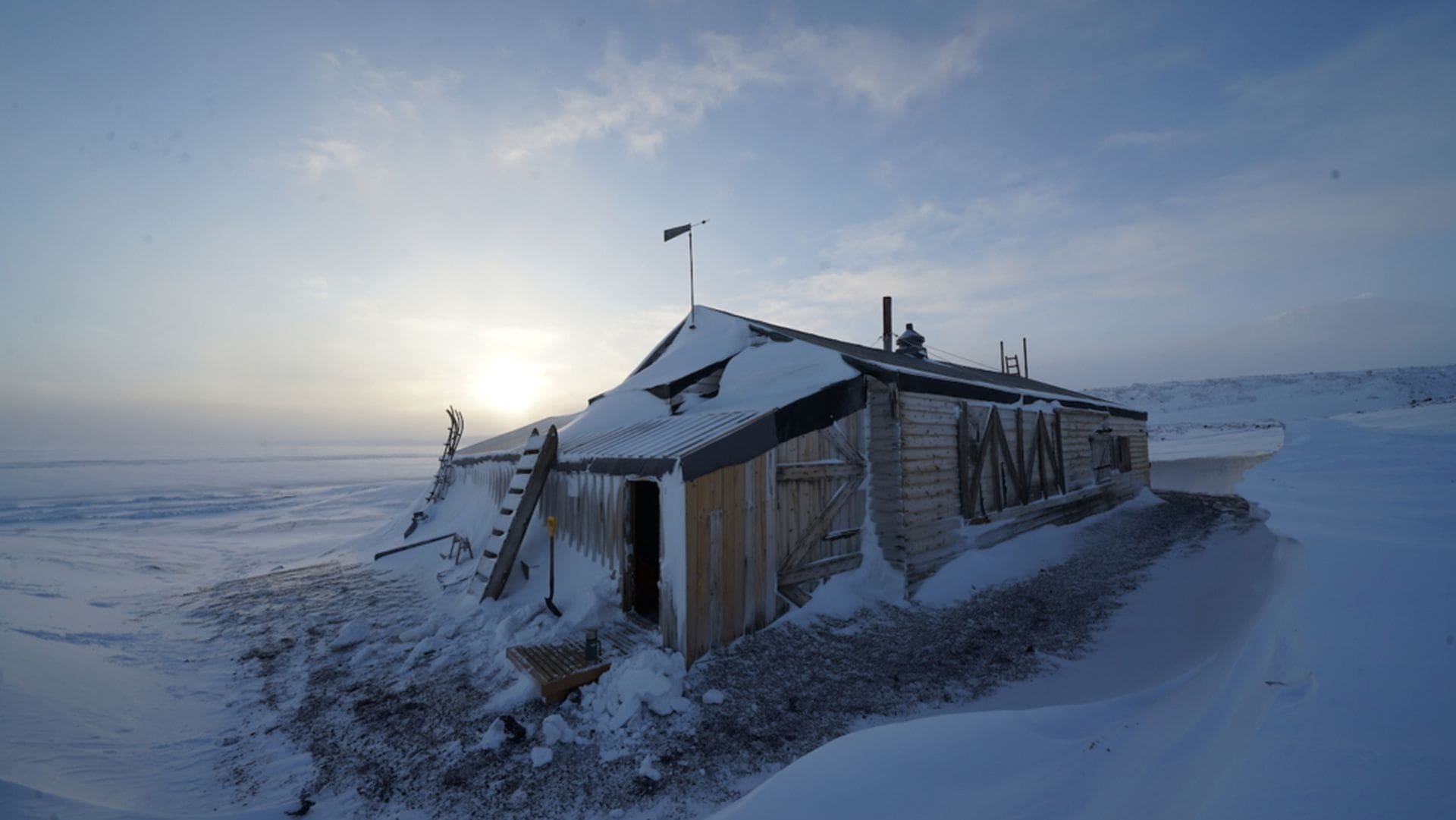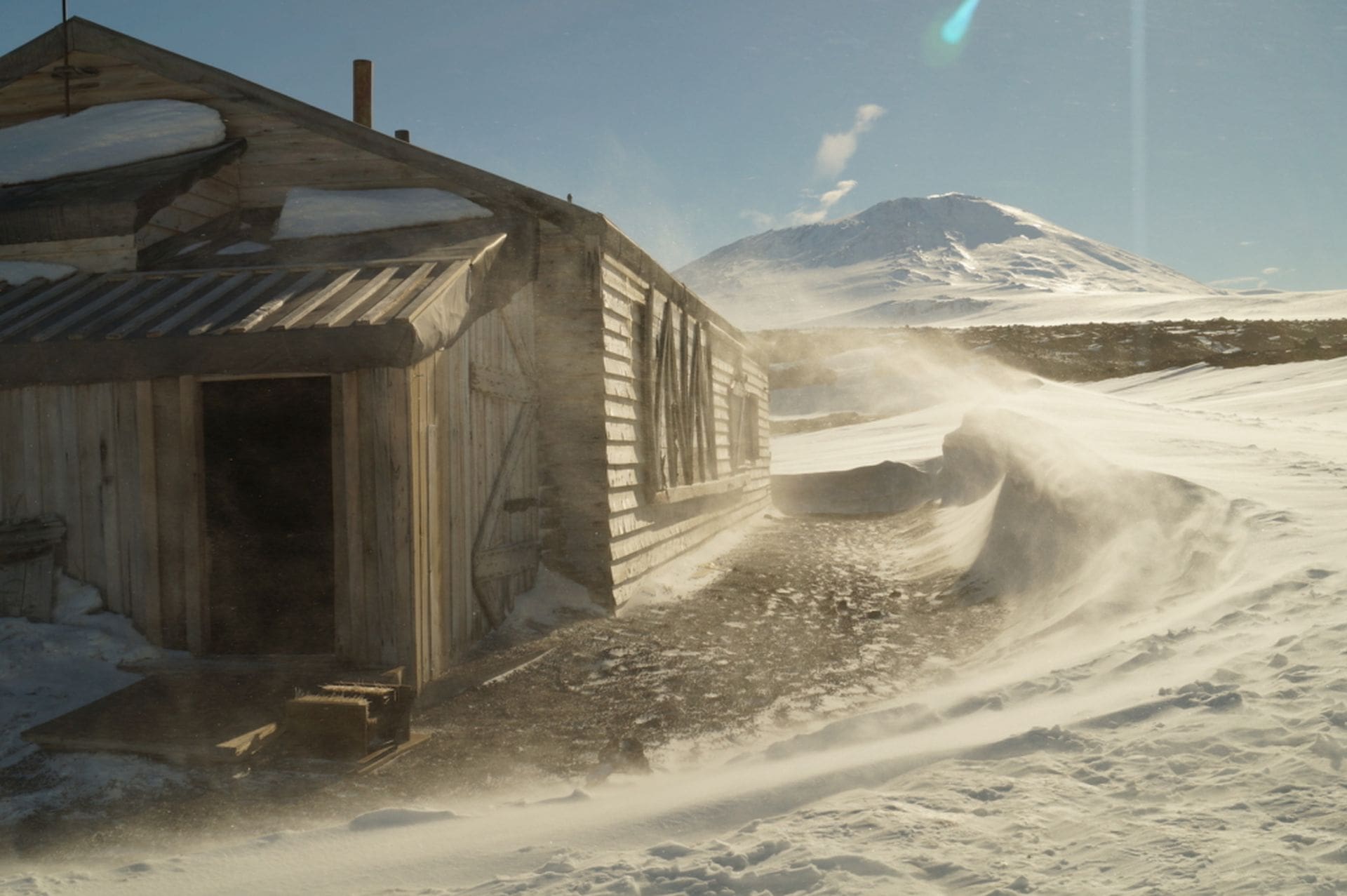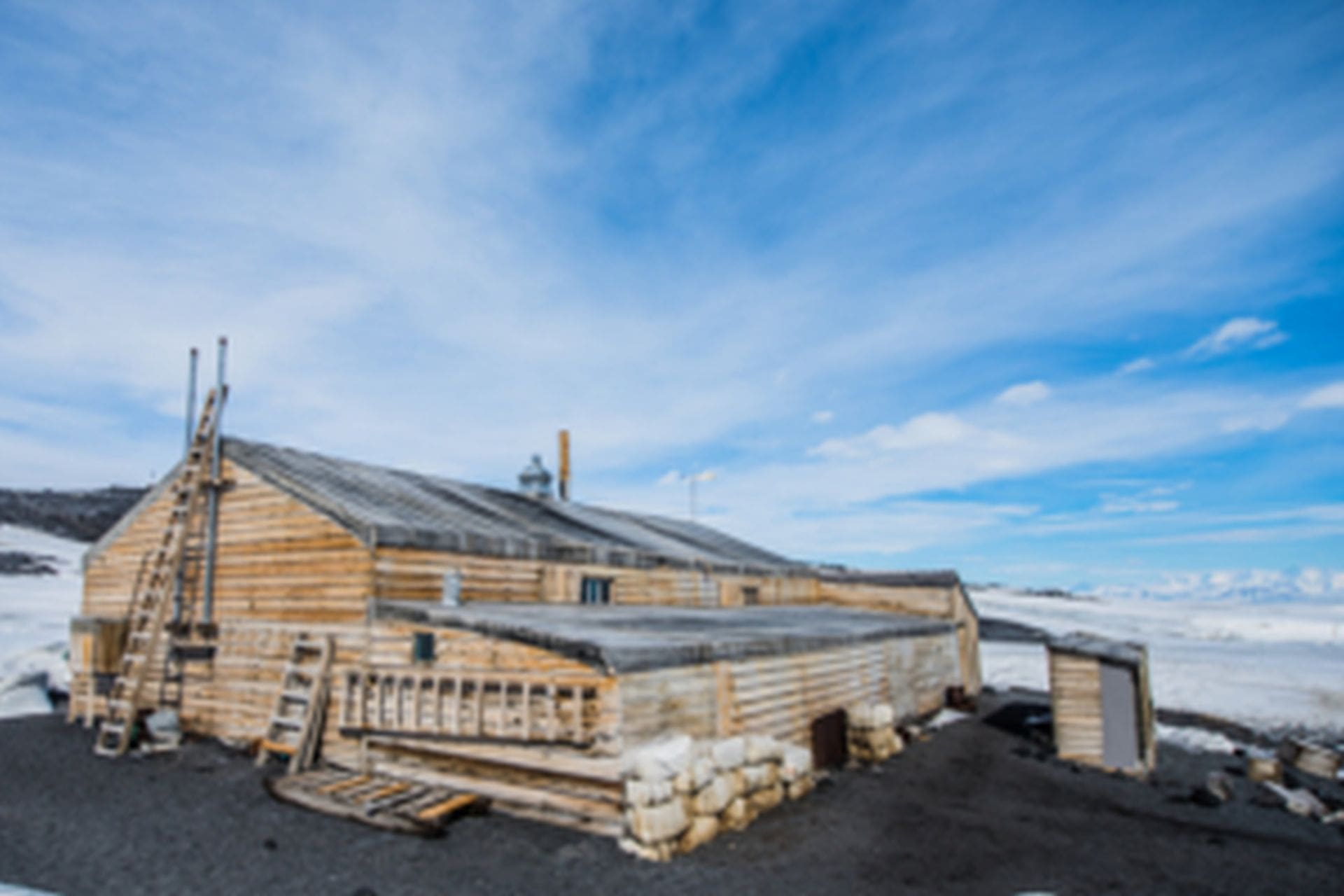Robert Falcon Scott
Commander
Nicknamed ‘The Skipper’ and also ‘Con’ and ‘The Owner’ (during the 1910–13 expedition). Born 1868. Entered the Royal Navy in 1886. In the Rover (Training Squadron) 1887–88. Spent four years in sailing ships. Torpedo Lieutenant in the Majestic, 1898–99. Took a special course in surveying,
1898–99 and in magnetic observation 1900. Commander, 1900; Captain, 1904.
After the Discovery expedition he was made a gold medalist of the Royal Geographical Society and similarly honoured by other societies and institutions. Scott wrote The Voyage of Discovery, published in 1905. He later led the British Antarctic (Terra Nova) Expedition 1910–13 and died on the return from the South Pole in March 1912. His diaries were published posthumously in 1913, as Scott’s Last Expedition. Scott is commemorated with many geographic features including Mount Scott 65º 09’ S, 64º 03’ W; Scott Coast 76º 30’ S, 162º 30’ E; Scott Glacier 66º 30’ S, 100º 20’ E and also the Scott Glacier at 85º 45’ S, 153º 20’ E; Scott Island 67º 24’ S, 170º 55’ W; Scott Mountains 67º 30’ S, 50º 30’ E.


